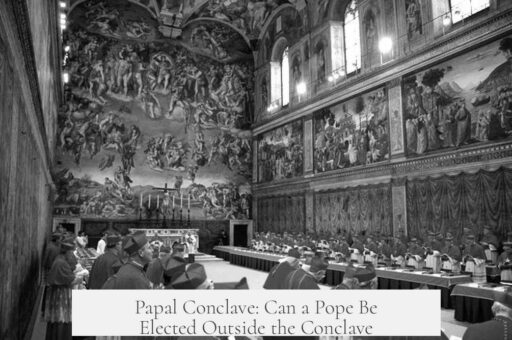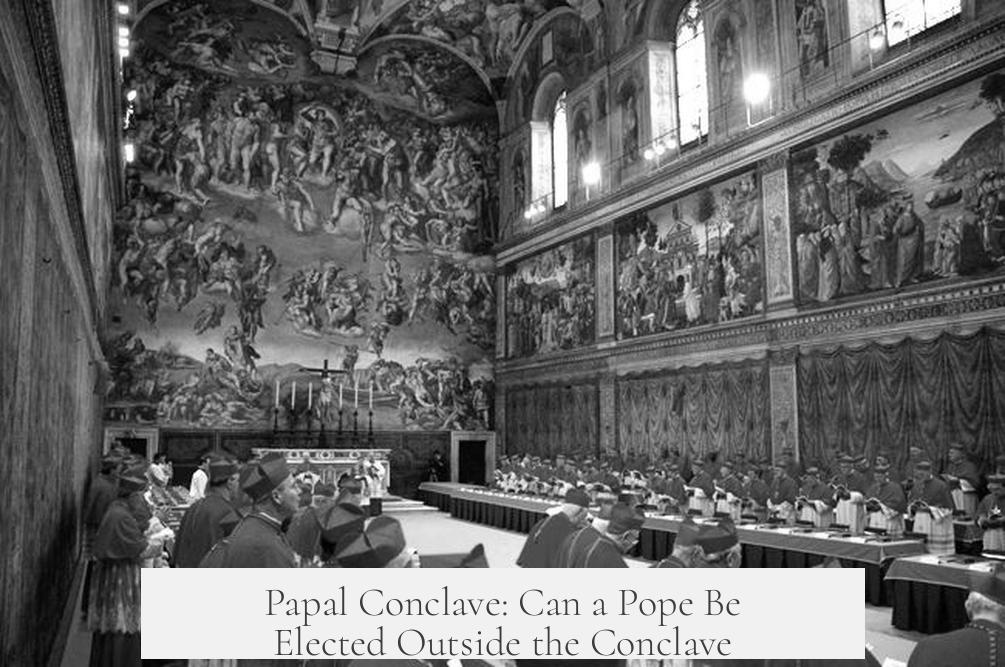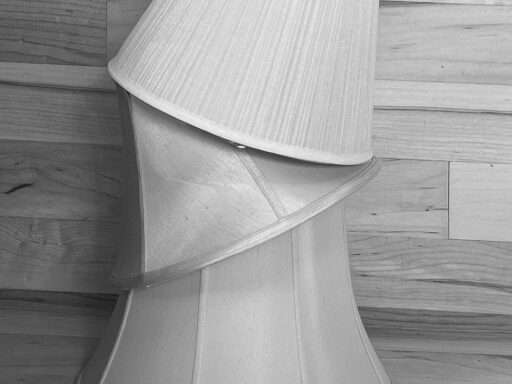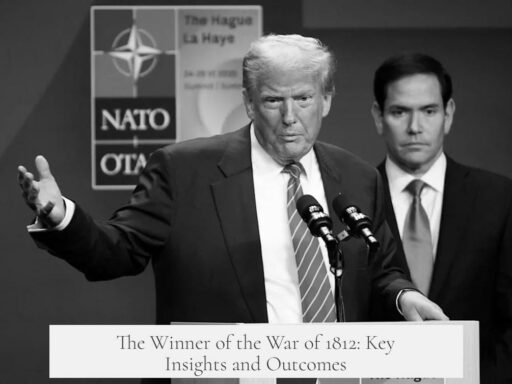Papal conclaves occasionally elect a pope from outside the College of Cardinals, but this is rare. Since 1059, when the College was established as the sole body to elect popes, six popes came from outside the conclave’s membership.
These six popes include Urban IV, Gregory X, Celestine V, Clement V, Urban V, and Urban VI. Their elections represent exceptions rather than the rule, reflecting unique historical or political circumstances.
Urban VI’s election in 1378 illustrates this rarity and the context behind such decisions. Born Bartolomeo Prignano, he was Archbishop of Bari and not a cardinal at the time. The College of Cardinals was divided into three factions, none able to secure the two-thirds majority needed to elect a preferred cardinal.
To resolve the deadlock, the cardinals chose Prignano as a compromise candidate. They anticipated he would be easier to influence, though this proved incorrect. The cardinals initially refrained from holding a formal vote in his presence. Instead, they invited him to the Vatican under the pretext of consulting other bishops to confirm acceptance discreetly.
Prignano learned of his election almost immediately and accepted. This process underlines the conclave’s flexibility in selecting a pope outside its direct membership, particularly when political stalemates arise.
Understanding papal conclaves is essential to grasp why electing a non-cardinal pope is so rare. The Church’s senior officials, the College of Cardinals, convene at the Vatican during a conclave. The body follows strict voting rules requiring two-thirds majority. For instance, a current conclave with 133 electors needs at least 89 votes.
Voting occurs in rounds. If no candidate reaches the required majority after 13 days, a runoff election takes place between the two highest vote-getters, still demanding a two-thirds vote. These procedures encourage consensus around a cardinal candidate within conclave membership.
Conclave durations vary significantly depending on consensus speed. Some last only hours, like the 1503 election of Pope Julius II. Others, like the notably prolonged conclave lasting nearly three years, show how complex and contested elections can become.
The cardinals electing a pope from outside their ranks happens during such deadlocks or extraordinary times. Yet, this is exceptional given the conclave’s design to select from among senior church leaders. The six historical cases stand out across nearly a millennium of papal elections.
After election, the pope-elect selects a papal name. This choice follows a period of reflection and may involve consultation. The conclave then records the acceptance and name officially, ensuring the process’s transparency and legitimacy.
| Aspect | Details |
|---|---|
| Frequency of election outside conclave | 6 popes since 1059 |
| Notable example | Urban VI (1378), Archbishop of Bari |
| Reason for election of non-cardinal | Factional deadlock and need for compromise |
| Election requirement | Two-thirds majority of conclave voters |
| Conclave duration range | Hours to nearly three years |
Strict voting procedures and historical developments make election from outside highly uncommon. Usually, cardinals nominate and elect from their own members. However, exceptional circumstances sometimes compel the College of Cardinals to choose a qualified bishop or archbishop who is not a cardinal.
- Six popes have been elected from outside the College of Cardinals since 1059.
- Urban VI’s election was a notable case of compromise during factional splits.
- The conclave requires a two-thirds majority to elect a pope.
- Deadlocks may lead to election of a non-cardinal, but this is rare.
- Conclave durations vary broadly, depending on consensus complexity.




